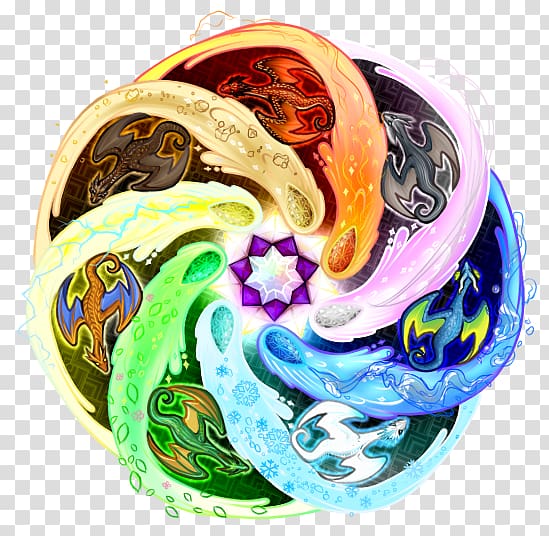
Elemental Classical element Fire Air Color, chinese wind element
The Classical Five-Element Acupuncture Graduate Seminar is an opportunity to refresh your memory and your senses as we cover all aspects of Five Element practice: Clinical practice with patients, Spirits of the Points, pulse feedback, point location, interviewing skills, treatment planning, sensory exercises to sharpen diagnostic skills.

Spirit Element Fire in 2021 Classical elements, Contemporary artwork
Fire is one of the four classical elements along with earth, water and air in ancient Greek philosophy and science. Fire is considered to be both hot and dry and, according to Plato, is associated with the tetrahedron. Introduction Fire (classical element) Greek and Roman tradition; Indian tradition; Ceremonial magic;
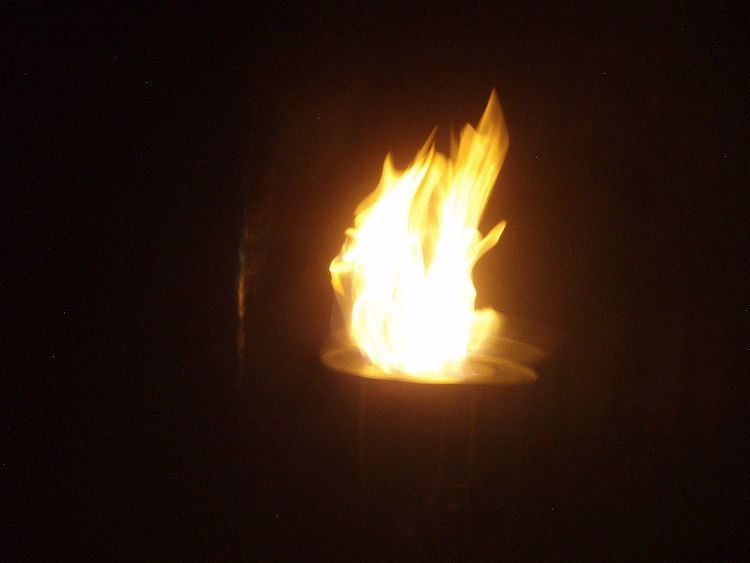
Fire (classical element) Alchetron, the free social encyclopedia
Fire is one of the four classical elements in ancient Greek philosophy and science. It was commonly associated with the qualities of energy, assertiveness, and passion. In one Greek myth, Prometheus stole fire from the gods to protect the otherwise helpless humans, but was punished for this charity. [1]

Fire Element Fire element, Beautiful photography, Fire
Oxygen is the most abundant element in the Earth's crust, waters, and atmosphere (about 49.5%). Sound travels about 4 times faster in water than in air. Wind and water both cause erosion to the earth, moving large amounts of sand and rock to tear down mountains and build new structures. Learn about the four elements of matter (earth, water.

Elemento Clásico, Fuego, Elemento Químico imagen png imagen
Fire is one of the four classical elements in ancient Greek philosophy and science. It was commonly associated with the qualities of energy, assertiveness, and passion. In one Greek myth, Prometheus stole fire from the gods to protect the otherwise helpless humans, but was punished for this charity.
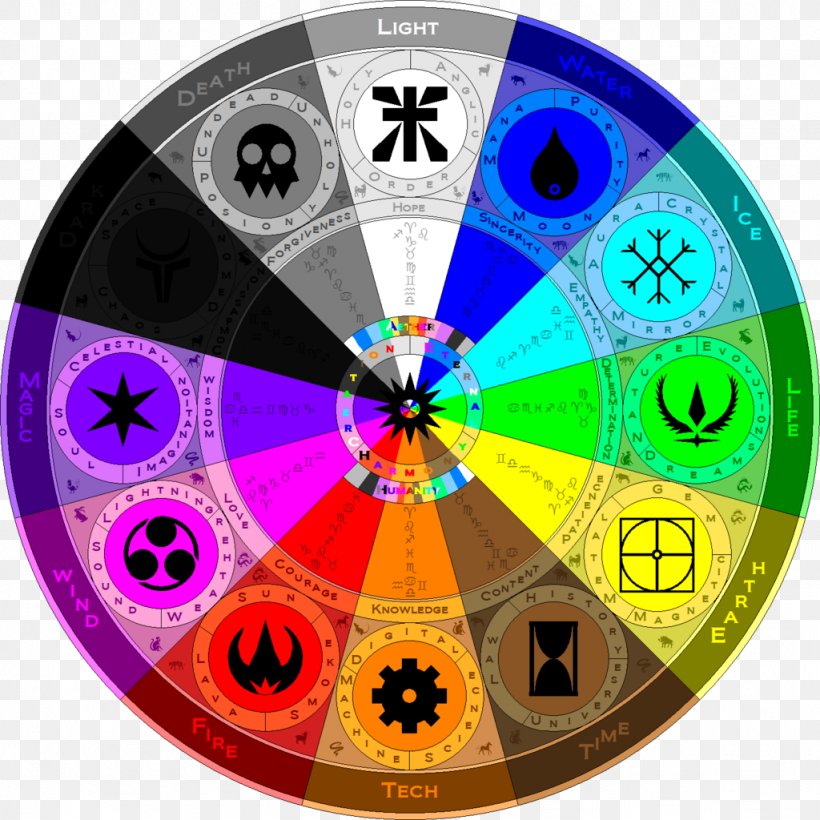
Elemental Wheel Aether Classical Element Megasonic Action Dash, PNG
Fire (classical element) explained. Fire is one of the four classical elements along with earth, water and air in ancient Greek philosophy and science. Fire is considered to be both hot and dry and, according to Plato, is associated with the tetrahedron.. Greek and Roman tradition. Fire is one of the four classical elements in ancient Greek philosophy and science.

Fire (classical element) Fire Choices
Fire is one of the four classical elementsin ancient Greek philosophyand science. It was commonly associated with the qualities of energy, assertiveness, and passion. In one Greek myth, Prometheusstole firefrom the gods to protect the otherwise helpless humans, but was punished for this charity. [1]
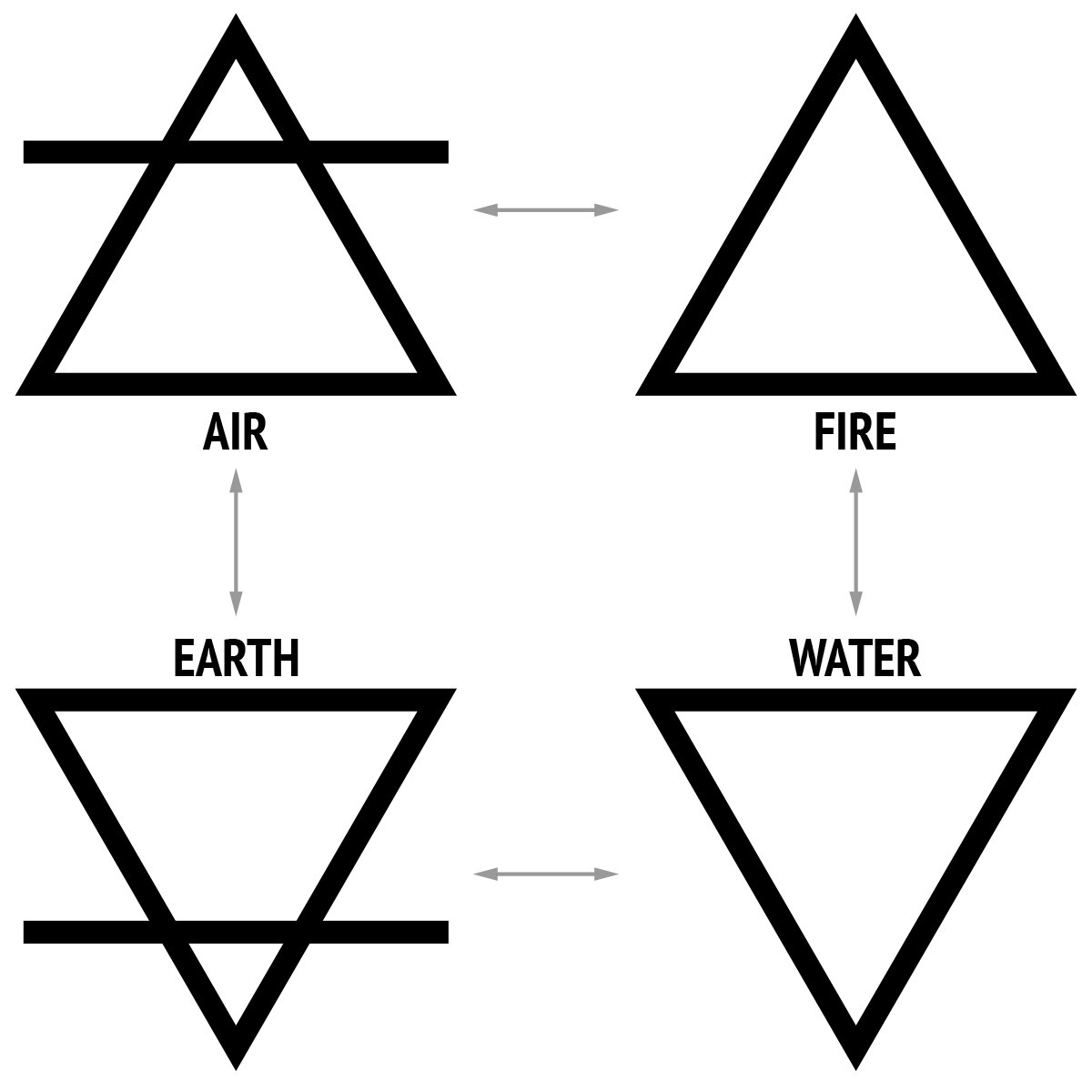
Earth, Air, Water and Fire The Verticality of The Classical Elements
The Five Element Symbols of Fire, Water, Air, Earth, Spirit Learn Religions / Kelly Miller By Catherine Beyer Updated on June 05, 2019 The Greeks proposed the existence of five basic elements. Of these, four were the physical elements —fire, air, water, and earth—of which the entire world is composed.

Fire clipart fire element, Fire fire element Transparent FREE for
Encyclopedia Fire_ (classical_element) Fire (classical element) Classical Elements v • d • e . Greek . Bön . Hinduism (Tattva) and Buddhism (Mahābhūta) Prithvi / Bhumi — Earth Ap / Jala — Water Vayu / Pavan — Air / Wind Agni / Tejas — Fire Akasha — Aether . Japanese (Godai) Earth (地) Water (水) Air / Wind (風) Fire (火) Void / Sky / Heaven (空) .
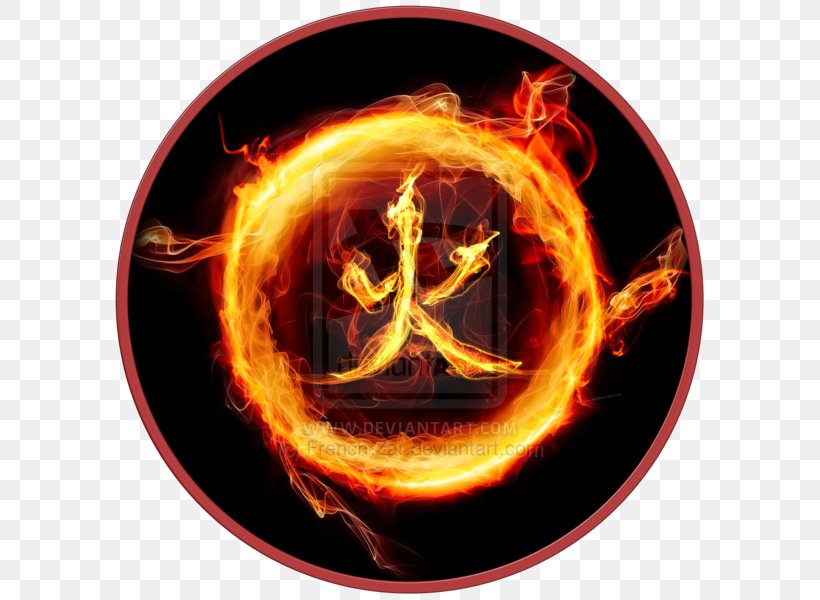
Symbol Fire Classical Element Earth Chemical Element, PNG, 600x600px
The classical elements were a hypothesis put forth by some pre-Socratic Greek philosophers. According to this hypothesis, all materials constituting the world would be composed of four elements.. The fire element is associated with warm colors like red, orange, or, more rarely, yellow. This element is also associated with the sanguine, the.

Pin by Rosalind Walker on Tatoeage ideeën Elements tattoo, Tattoos
The symbol for the philosopher's stone How Have Alchemy Symbols Been Used? Since the beginning of alchemy, alchemists have used symbols to represent different elements. Alchemy symbols sometimes contain hints of the qualities the element was thought to have, as well as the history of the element.
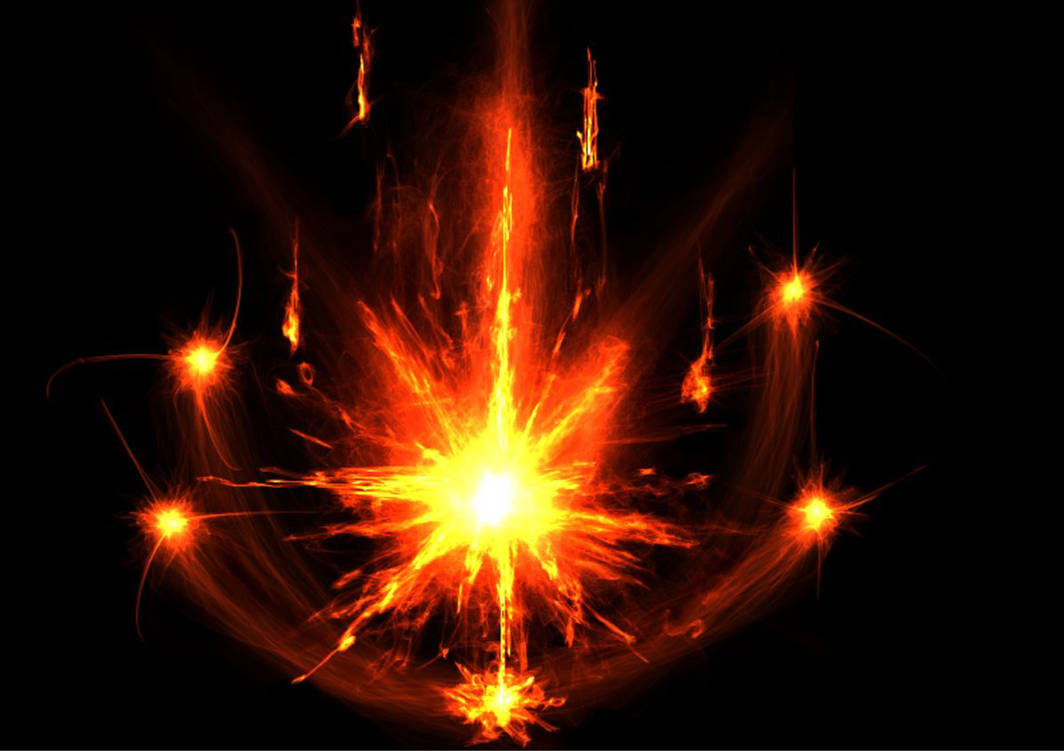
Element Fire by YaensArt on DeviantArt
The classical elements typically refer to earth, water, air, fire, and aether which were proposed to explain the nature and complexity of all matter in terms of simpler substances. Ancient cultures in Greece, Tibet, and India had similar lists which sometimes referred, in local languages, to "air" as "wind" and the fifth element as "void".
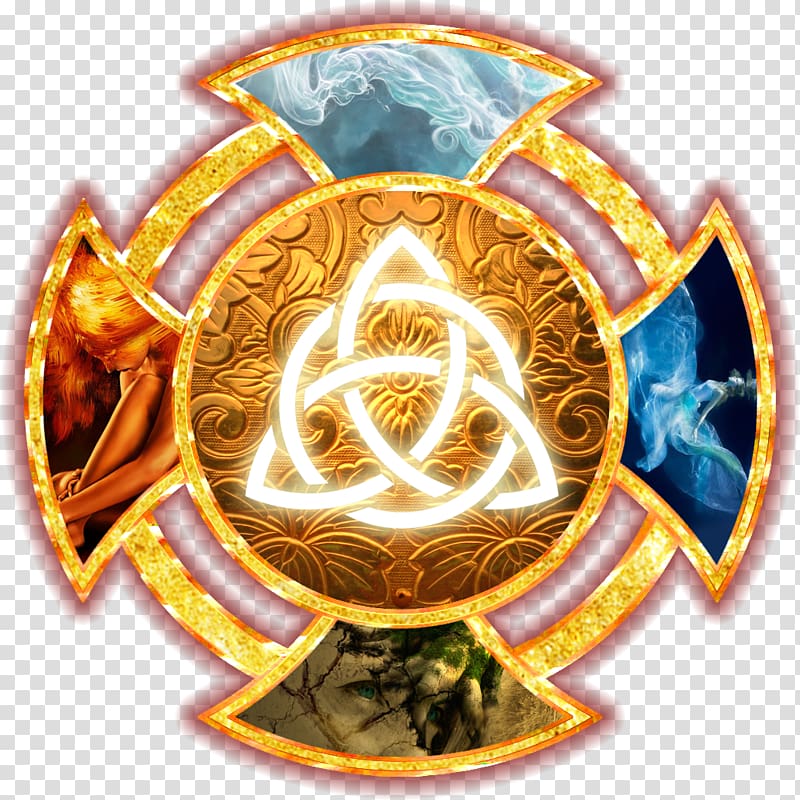
Classical element Elemental Earth Fire Magic, elements transparent
Of the four Aristotelian elements, fire is the only one which man can create, so the gift of fire symbolises kinship between mortals and gods. However, in Hesiod's telling of the story (in his Theogeny ), the earliest full account of the story of Prometheus, man already had possession of fire, but Zeus withdrew it.

Orange fire logo, Fire Symbol Classical element Elemental Water, fire
[1] Fire was one of many proposed by the Pre-socratics, most of whom sought to reduce the , or its creation, by a single substance. Heraclitus(c. 535 BCE -c. 475 BCE) to be the most fundamental of all elements.
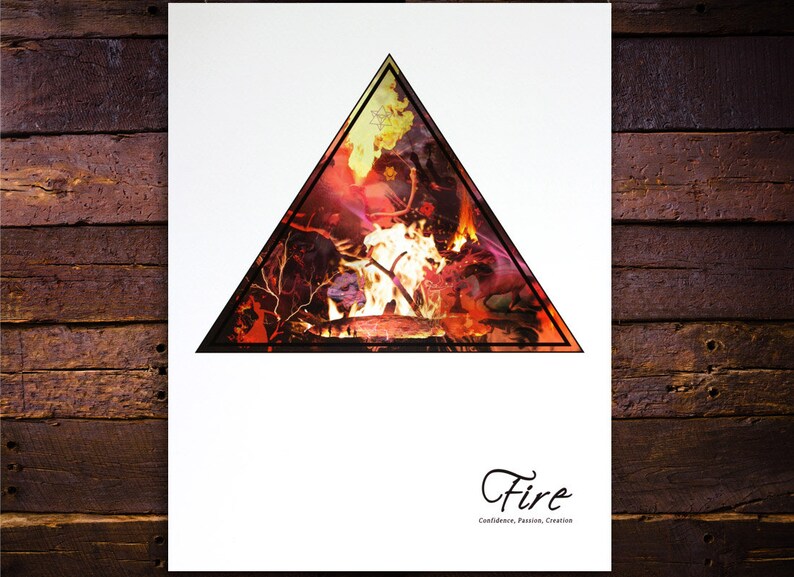
Fire Element 2 digital collage classical element art Etsy
Updated on May 06, 2019 In many modern-day Pagan belief systems, there is a good deal of focus on the four elements of earth, air, fire, and water. A few traditions of Wicca also include a fifth element, which is spirit or self, but that is not universal among all Pagan paths. The concept of four elements is hardly a new one.
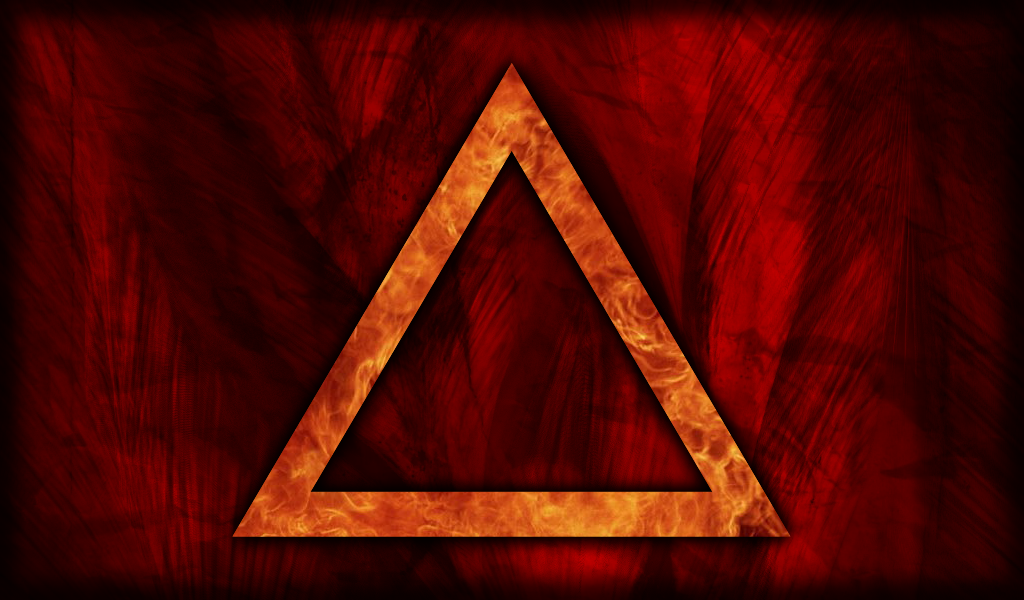
The Magical ElementsFire From Gay to Z
The element symbolizes incredible energy, activity, creativity, passion, freedom, power, love, vision, anger, strength, will, assertiveness, courage, and dynamism. It is associated with the Summer season and its corresponding direction is South. The symbolic representation of Fire is a triangle pointing upwards. Fire Element Ring.